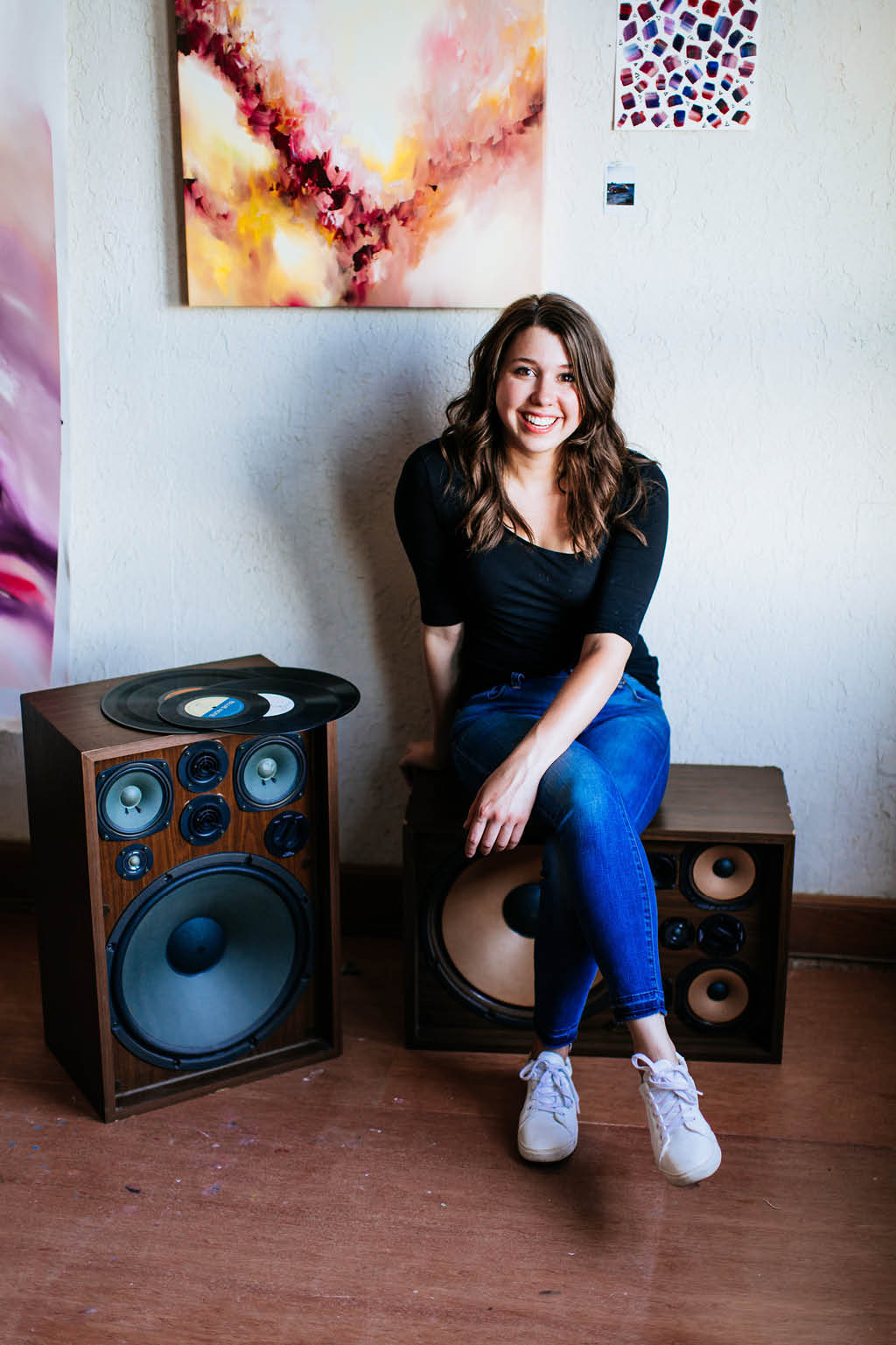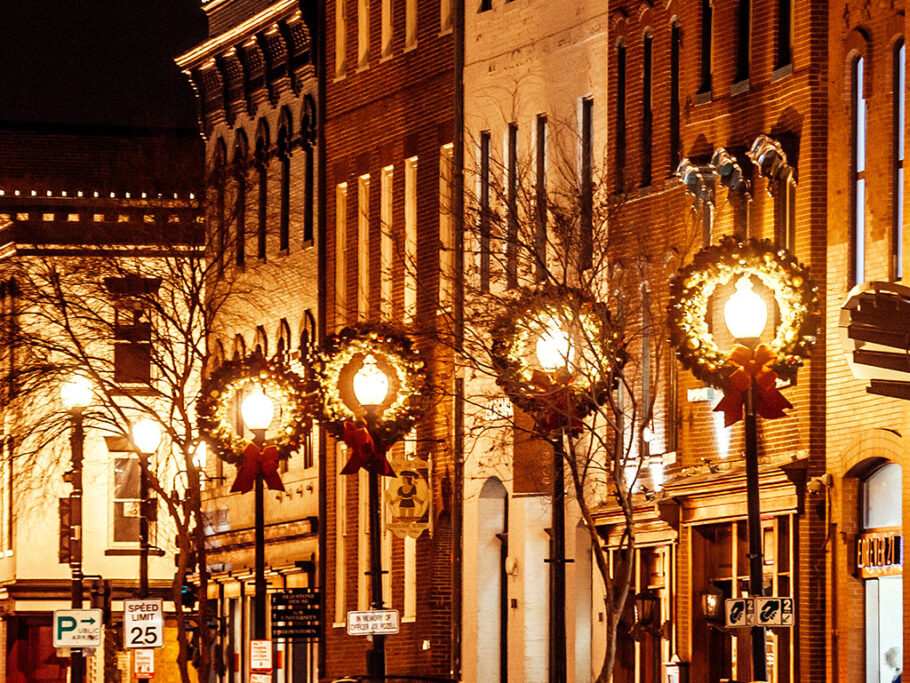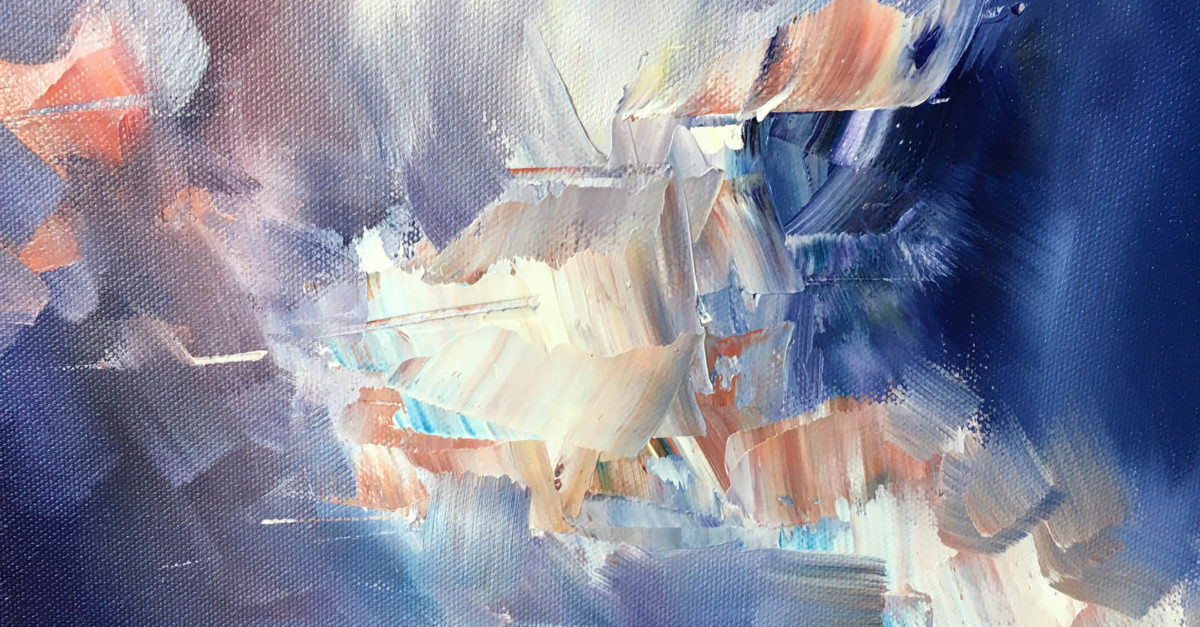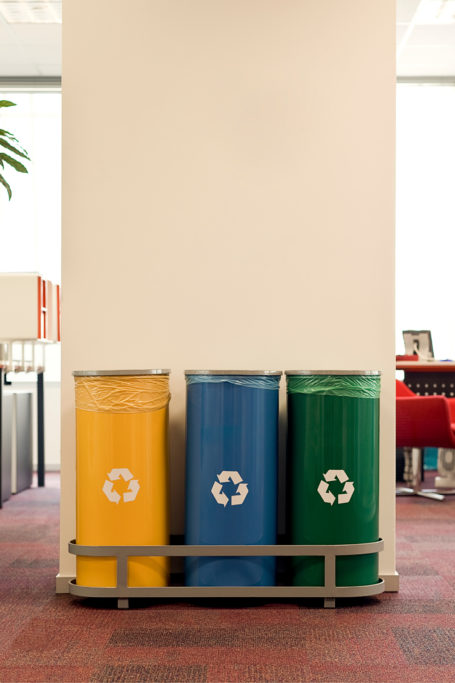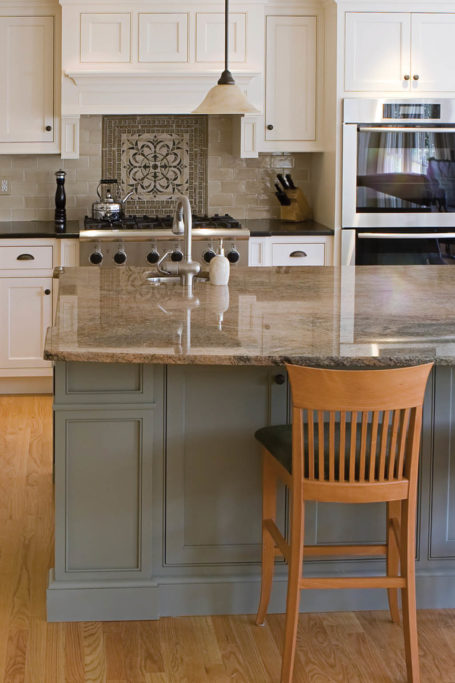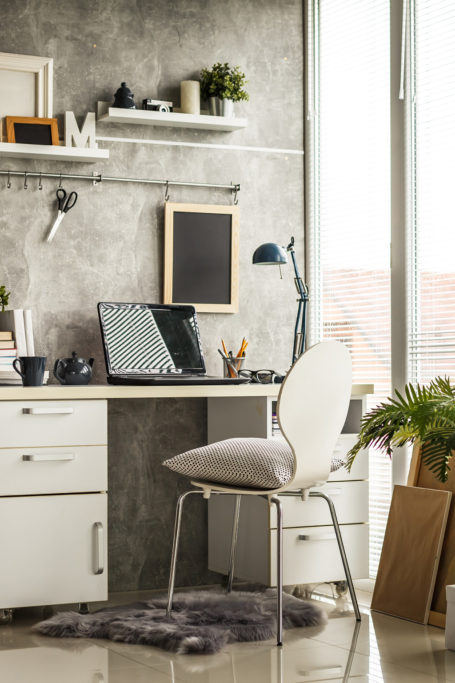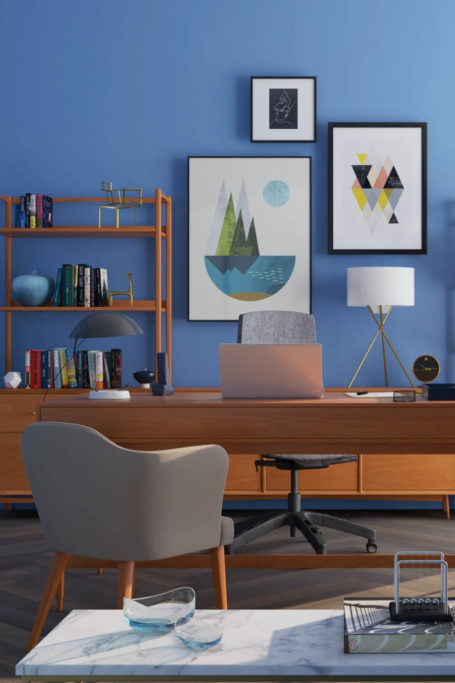Shades of Sound: The Art of Melissa McCracken
Melissa McCracken was twelve years old when she discovered that the way she experiences the world is different from most people. As a synesthete, McCracken has the amazing ability to visualize sounds, letters, and numbers in an array of colors—a gift that lends itself to incredibly dynamic and moving oil paintings.
What was it like growing up with synesthesia, and what exactly does it mean to be born with this ability?
It’s such a funny thing because I never really knew I was different. For so long, I thought it was a normal occurrence—like the concept of entering a coffee shop and smelling the coffee; you just assume everyone can smell it. The color portion of my brain is arbitrarily triggered when I listen to music or see letters and numbers. It’s the same sort of color stimulation as someone telling you to think of the color blue. Seeing the letter A or the number 4 essentially tells me to think of blue.
When did you first discover that not everyone experiences the world the same way as you?
I was twelve, and I asked my brother what his color was for the letter C. He brushed me off, saying, “Oh yeah, my letter C is yellow, too.” I never really thought much of it after that. But when I got older, I was choosing a ringtone and trying to match it to the color of my phone. I told a friend about my predicament, and he said he had no idea what I was talking about.
It’s interesting how natural I assumed it was. Visuals are so often associated with music that I didn’t second-guess it. I mean, we have music videos, light shows at concerts, and even album artwork. It just seems natural to have a personal “music video” in my head. When I see color, it’s contained in a filter. It’s not a hallucination, so it doesn’t interfere with my visual field. It’s similar to how memory works—you can visualize it and you can see it, but it doesn’t come into your visual line of sight.

Does every synesthete experience synesthesia the same way?
Synesthesia is technically any sort of stimulation or sensory mix-up. I met another girl who has synesthesia, and she experiences voice to shape and taste to pitch, so she’d choose her snacks based on the pitch of the food that she was craving. She also said that her dad had a triangular voice. I can totally relate to what she’s experiencing, but it’s difficult to actually understand what she means. It’s a very personal type of experience with each form of synesthesia that people have. I’ve met people with the same form that I have, and they can listen to the same song as me and see completely different colors.
What is most challenging about having synesthesia? Did it ever hinder you from relating to other kids your age?
It was very normal—so normal that I didn’t even think about it. If anything, I think it might have benefited me. In math, it helped with formulas, as I would remember by color-coding things that I had to know for a test. If I was missing green, I would think, “Maybe that’s a three that I’m missing” because I would see the pattern of colors in my head and would be able to apply it.
Were you afraid to tell people when you first realized that not everyone experiences stimuli the same way as you?
The only time it feels weird is if someone asks me what I do for a living. Then I have to explain that I’m an artist, but that I work and create a little differently than others. I used to try to verbally explain it to people, but it got to the point where I began to say, “Well, I’ll just show you instead.” That’s when I started painting; it seemed like a much more effective way to communicate what I was experiencing.
I saw you went to school for psychology before you decided to pursue art. Does your interest in the mind stem from a desire to know more about your own experiences?
My three favorite things growing up were psychology, art, and music, and so they all converged at one point in my career. Psychology is one of those sciences that allows you to do work that has a personal and communicative aspect to it, which is an art form in itself. It’s something that I’m thinking about going back to school for because I really enjoyed it.

Since you didn’t go to school for art, are you completely self-taught?
I started to pursue a minor in studio art as an undergrad at William Jewell College in Liberty, Missouri. I ended up not completing it because life happened and steered me toward a psychology degree and other classes. I was in art classes all throughout high school, but once I started pursuing it as a career, I realized there’s so much material
online to teach you and you can find things so easily. I’m such a hands-on learner that I have to make mistakes in order for me to understand what I did wrong.
Even though you didn’t pursue an art degree, did you always know it was something you would continue coming back to throughout your life?
That was the way I looked at it. When I was little, if I got grounded it was always from arts and crafts. Whenever there was a project in school, I was always the one who wanted to do the visual side of it. Art was very much embedded in who I was. I did want to go to art school, but then I kind of had a freak-out moment when I told myself it was impractical. It was always something that felt so natural, though, and made it easy to eventually shift into a career as an artist.
What is your process like for starting a new piece? Do you listen to a particular song or have a pattern or colors in mind before you start?
I’ve always loved music, but I was never very talented at it. When I listened to a song that was really inspiring, I wanted to have my own interpretation of it. Sometimes I’ll listen to a song and be able to paint it immediately, and sometimes I’ll have to mull it over and find all of the details in it. In every aspect of my life, I’ve never been much of a planner, so to listen to a song and say, “OK, these are the colors, and this is the idea” doesn’t work. I have to just go for it. This results in a lot of throwaways. I keep working outward, applying layer on top of layer.

Do you have a particular style of music you prefer to listen to that produces the most vibrant color or pattern experience for you?
There are some genres that are nicer-looking than others. Country tends to be a simpler form of music, which lends to a simpler picture, so I tend to not go down that route. I love acoustic music, too, but that makes for a less stimulating picture as well. I love to paint funk music and alternative electric, like Radiohead. That kind of music is always really interesting. Also, I think jazz is good because it has such a soothing look with subtle intricacies. The instruments they’re playing are so developed that it doesn’t sound overwhelming.
Does each piece that you produce correlate to a particularsong? Do you sometimes listento more than one song for one piece?
Usually, I stick to one song. One time I painted an entire Bon Iver album titled For Emma, Forever Ago. The only reason I chose to do the full album was because this one in particular has such a cohesive sound from start to finish. It flows so nicely. Most often, though, I’ll choose sections of songs because they change so much that I can only cover so much ground before the picture becomes too convoluted.
Would you be able to create your work without having synesthesia? Would you still have pursued art as a career?
I always felt like art was so much of me. I would create small art pieces that I thought looked cool, but they weren’t anything I ever planned on selling. I loved looking at art for the technical side of it, but it wasn’t until I was using it as a form of communication that I got into my work so much more. I felt I had to get this part of me across to other people, and synesthesia helped me channel that.
For more info, visit melissasmccracken.com
